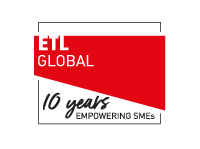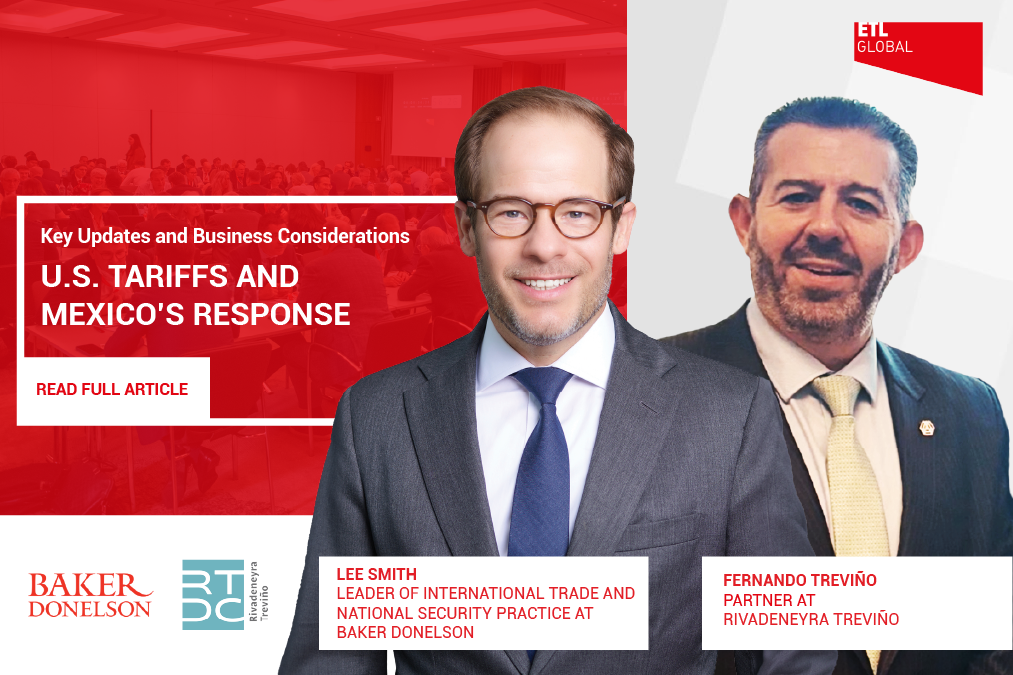The U.S. government’s decision to impose new tariffs on Mexico, Canada, and China is raising concerns across key industries. Under the America First Trade Policy, the administration initially announced a 25% tariff on Mexican and Canadian imports and a 10% tariff on Chinese goods, set to take effect on February 4, 2025. Businesses have been preparing for higher costs and potential supply chain disruptions.
However, after negotiations, President Trump agreed to pause tariffs on Mexico and Canada for one month, allowing time for further discussions. Meanwhile, China has already introduced retaliatory measures, imposing tariffs on U.S. exports and restricting key materials. While the pause provides temporary relief, uncertainty remains over the long-term impact on businesses and trade flows.
From a U.S. perspective, ETL GLOBAL Member Baker Donelson highlights the legal basis for these executive orders, the broader economic implications, and potential retaliatory actions from affected countries. As the administration has not clarified whether exclusion procedures will be available, all businesses importing goods from China must prepare for additional costs, while those relying on Mexican and Canadian imports must monitor the ongoing negotiations.
Read the full article “President Trump Orders Tariffs on Canada, Mexico, and China: What You Need To Know” by Baker Donelson.
From a Mexican perspective, ETL GLOBAL Member Rivadeneyra Treviño has provided updates following the announcement of the tariff pause. The first analysis outlined the sectors at risk and the projected economic consequences, including higher costs for Mexican exporters and increased consumer prices in the U.S. The latest update follows the agreement between President Trump and Mexican President Claudia Sheinbaum, which temporarily halts the tariffs while negotiations continue. As part of the discussions, Mexico has committed to deploying 10,000 additional National Guard troops to strengthen border security, particularly against drug trafficking. In return, the U.S. has pledged action to curb illegal arms trafficking into Mexico.
Read the articles “Presidential Decree of the United States on the Imposition of Additional Tariffs on Mexico, Canada, and China” and the update “Temporary Suspension of New Tariffs on Mexico” by Rivadeneyra Treviño.
As discussions evolve, companies operating on both sides of the border should stay informed and prepare for potential trade shifts. For a full analysis and strategic recommendations, contact Baker Donelson in America, with Michael Johnson and Felix Faerber as key contacts, or Rivadeneyra Treviño in Mexico, where Fernando Treviño can provide guidance.





